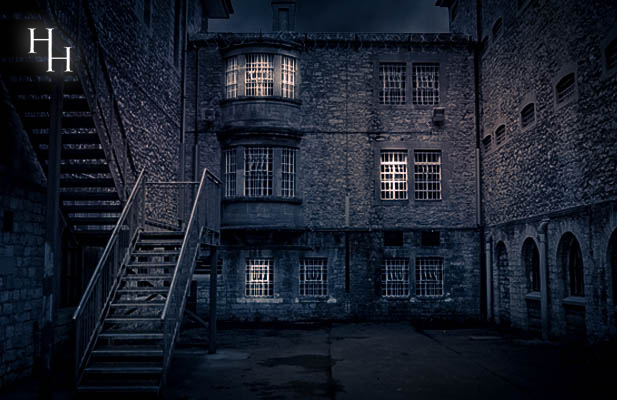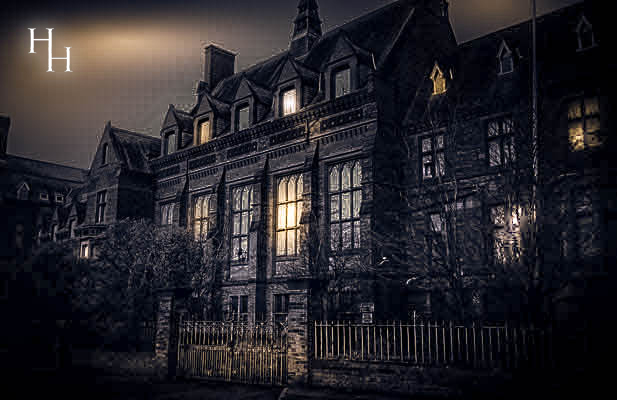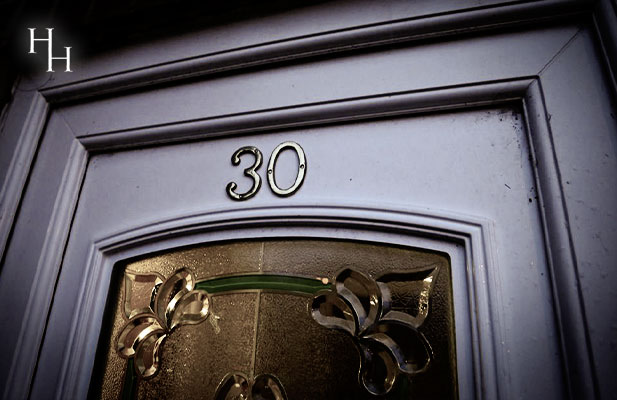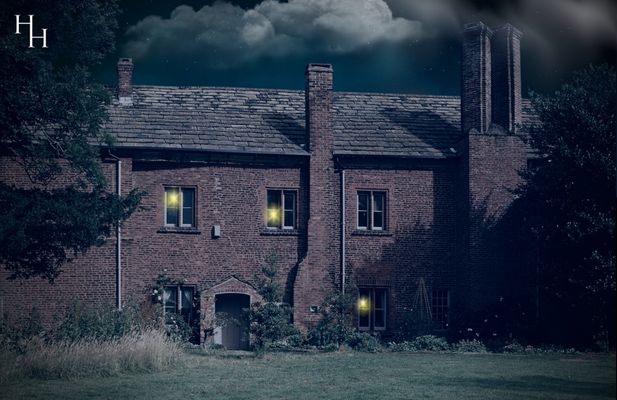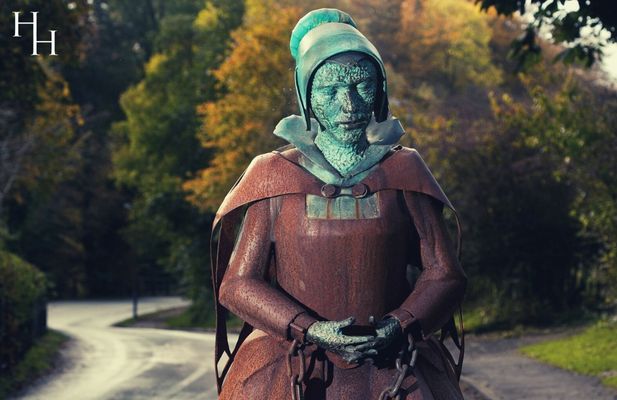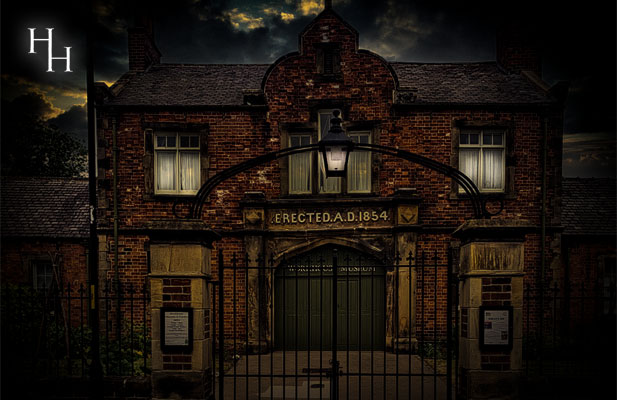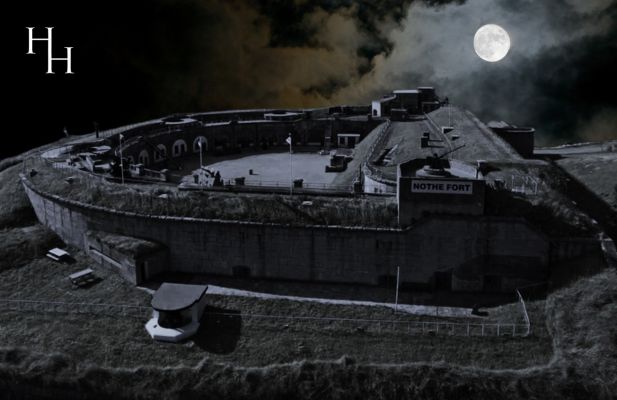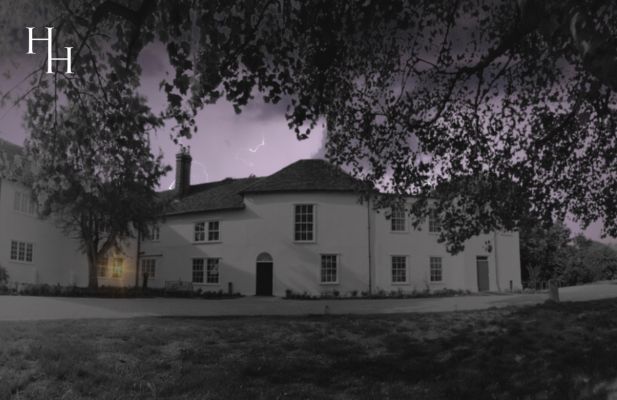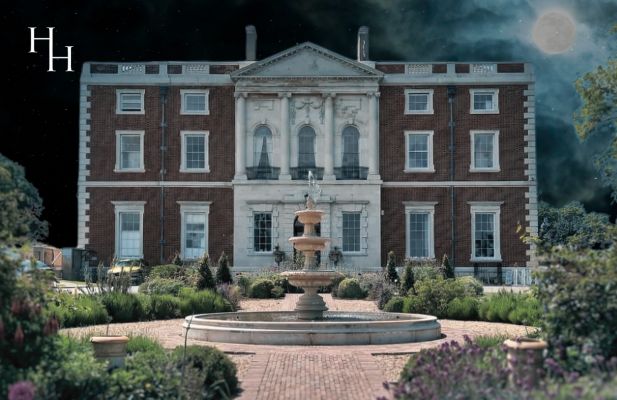Your Ghost Hunt at Shepton Mallet Prison
Your Ghost Hunt at Shepton Mallet will be nothing but intense. With the overriding emotions here being that of sheer survival, basic instincts and challenging behaviours, it makes sense that these emotions are still entrenched within the fabric of the building. This is a ghost hunt where you will definitely need your wits about you.
The echos that you can hear and the evidential existence of the prisoners who have left their mark in many ways, some as simple as writing on their cell walls, will leave you in no doubt of how things may have been. That is only the modern evidence. You should also bear in mind that Shepton Mallet was originally established as a House of Correction in 1625 so again you are left to only be able to imagine its barbaric and grissly past.
Working in small groups you will be taking part in some amazing experiments in our attempts to make contact with whoever or whatever still walks through these prison corridors. These experiments will include Ouija Boards, table tipping, glass moving and some intense watch and wait vigils with our up to date ghost hunting equipment. We will be using the most active areas of the prison throughout the night and you will be guided through this terrifying process by our friendly and capable team.
Ghosts of Shepton Mallet Prison
The ghosts that are thought to reside in this formidable building are vast and varied. With links back to the early 17th Century and with so many thousands of unnamed victims that lie within the grounds it is not a place where you would ever want to be alone.
In the 1950's Shepton Mallet became home to Reggie and Ronnie Kray, the notorious East End gangsters and it seems that their crimes did not just consist to areas outside of the prison. It is fair to say that it will definitely be an intense and terrifying experience for all concerned.
History of Shepton Mallet Prison
In 1617, there was a discussion for the need for another House of Correction to cover the Eastern division of the county and in 1624, it was decided that Shepton Mallet would be the location for the additional gaol.
Cornhill House was purchased in 1625 and this building was used for the development of the new House of Correction to comply with the 1610 Bridewell Act of King James I, with George Sheephaye becoming the first Governor of the gaol. During its early years, men, woman and children were often held together in poor conditions and due to the lack of wage being paid to the gaolers, the House of Correction lacked discipline and primitive sanitation led to regular outbreaks of diseases such as gaol fever.
Lengthy prison sentences were not used as the punishment here, instead corporal and capital punishments were used and by the 1700’s, over 200 crimes were punishable by the death penalty. Even for crimes considered minor or misdemeanour which was known as the Bloody Code.
In the 1800’s Shepton Mallet underwent improvements as the Victorians began to expand the prison and hard labour, including Oakum Picking, the Crank and the Treadwheel were introduced to the prison. Moving into the mid-1800’s the Silent and Separate system was put in place, meaning prisoners must remain in complete silence throughout the day and they were placed in single occupancy cells at night.
From 1868, Shepton Mallet Prison became responsible for overseeing executions and between 1889 to 1926, seven men were executed for murder. It is said that their bodies still remain within the grounds of the prison. During the early 1900’s, Shepton Mallet Prison began to decline and by 1918, all female prisoners had left. In 1930 the population of the prison was around 50 males and due to the decline and deterioration of the site, it was decided that the prison would close its door in 1930.
The British Military adapted Shepton Mallet Prison as a military, known as the Glasshouse and in 1942, the Americans took charge and between 1942 to 1945 over 700 US servicemen were incarcerated here. Sixteen US servicemen were also hanged and a further two executed by firing squad during these years for crimes that included rape and murder.
The old female wing became a top secret repository for the safe keeping of the National Archives. These archives included the Magna Carta and Domesday Book. The prison then changed hands back to the British Military after the war ended. This is when the Ronnie and Reggie Kray – the infamous London gangsters, known as The Kray Twins were held here.
The prison then ran as a civilian prison from 1966 until 2001, when it changed to Category C male lifer’s prison. Prisoners held here during this time were guilty of the most serious offences including murder.
On the 28th March 2013, Shepton Mallet Prison closed its doors as a prison for the final time and it is now a hot spot for paranormal investigators.
Your Event Includes
- Use of ghost hunting equipment including EMF Meters, K2 Meters etc.
- Experiments including glass divination, table tipping and Ouija Boards.
- Workshop and separate vigils for returning guests.
- Ghost hunting vigils and séances in small groups.
- Includes teas and coffees
- Free time to investigate alone
Address, Maps & Hotels
Address & Hotel Information
HMP Shepton Mallet
Frithfield Lane
Shepton Mallet
Somerset
BA4 5LU
For Hotels near to
Shepton Mallet Prison , please click here. opens in a new window
Parking
- Street Parking and Local Car Parks
Information
Accessibility
- This location is not suitable for wheelchair users
- This location is not suitable for people with mobility issues or walking difficulties
Important
- All attendees must be 18 years or older
- All attendees must bring a torch
- Wear sensible shoes and warm layered clothing as the location may get cold at night




